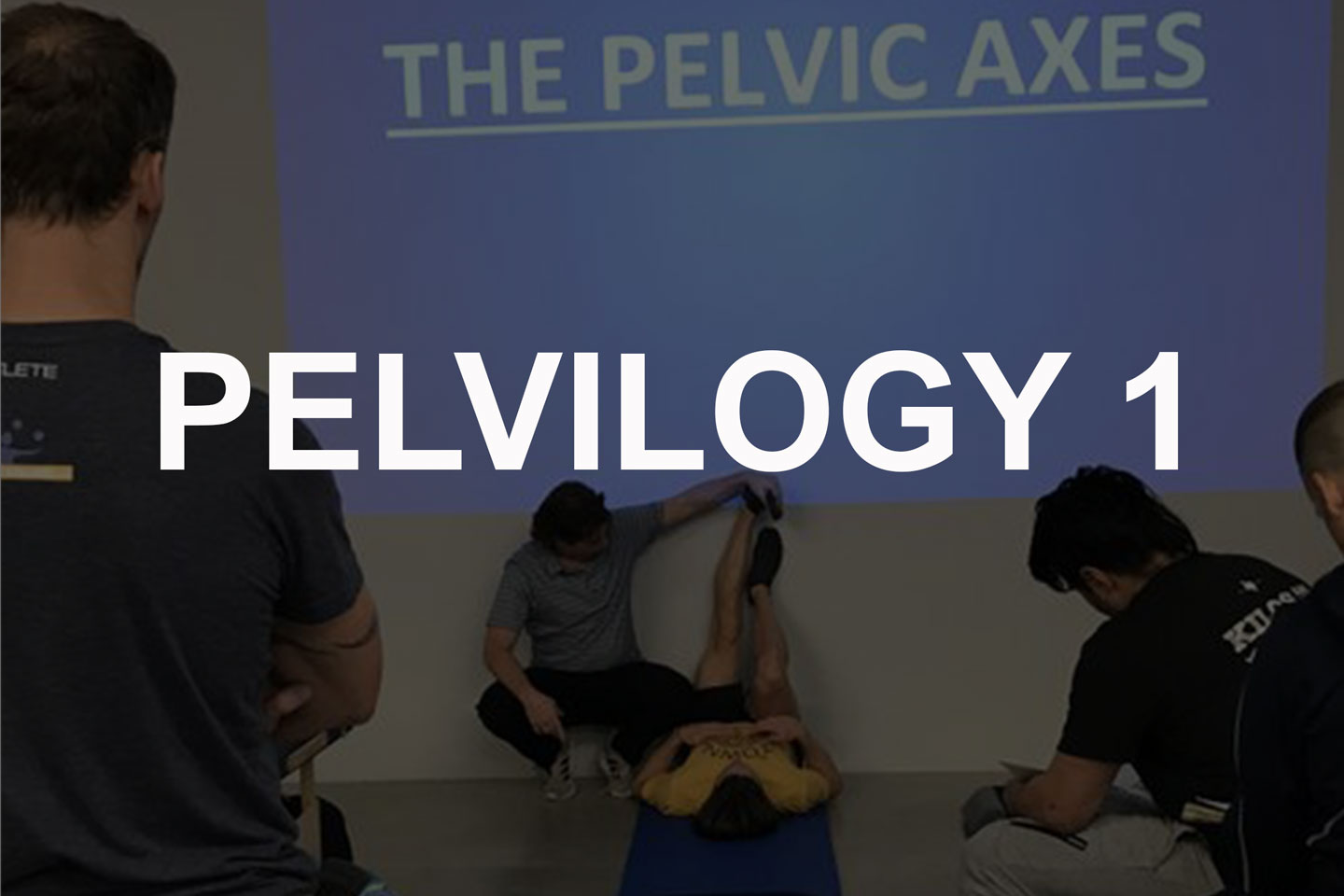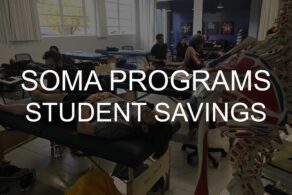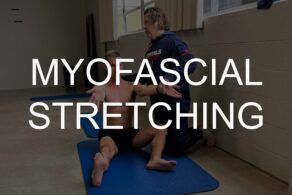The treatment of the Pelvis is the foundation of osteopathic care. This course will examine the 22 major axes movements of the pelvis. The workshops set out to explore and develop knowledge of a wide range of manual processing related to structural, functional, fascial and viscera along the axis.
These complex methodologies are based on a tensegritive model of biomechanics. If these methods are not applied correctly, the therapist becomes ineffective and can put the patient/client at risk. For example, an incorrectly adjusted sacrum may induce a strain in the utero-ovarian ligament, potentially resulting in female infertility.
Over the course of 5 seminars (4 days each) we will explore in detail lesion mechanics, as well as the precise diagnostic tests before any correction.
Each seminar is dependent on one another. The practitioner will acquire a large number of applicable techniques for use in their clinic (photos of techniques and description will be distributed at the end of each seminar). The practical portion of the course will include demonstrations and practice treatment sessions to control the pelvis.
- Prerequisite: none (*SomaTherapy program & ELDOA™ 4 completion recommended but not required)
- General: the pelvis and its orthopedic importance
- Statement of the 22 major axes of the pelvis: description, injury mechanisms, visceral and orthopedic functional implications, etc.
- Oblique Axis and dependent considerations: description, injury mechanisms; orthopedic and visceral implications, functional, etc.
- Tests of all axes
- Articular pumping of the joints and the normalization of all the ligaments of the pelvis.
- Structural normalization of the oblique axes.
- Application: clinical cases.







There are no reviews yet.